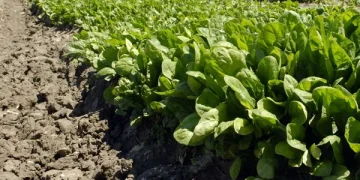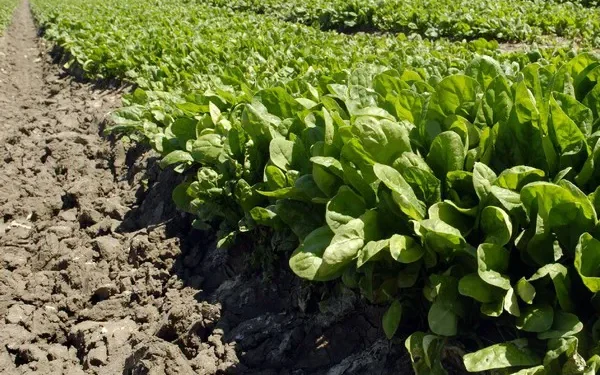Meteorological Forecast and Agricultural Implications
Farmers, agronomists, and stakeholders in the vegetable industry are closely monitoring meteorological forecasts in Kenya, anticipating reduced rainfall that could alleviate recent crop losses and impact market prices.
The Meteorological Services of Kenya have predicted a significant decline in rainfall across various regions, particularly affecting the highlands east and west of the Rift Valley, the Lake Victoria Basin, and parts of the Rift Valley itself. This shift in weather patterns comes as a relief following heavy rains that wreaked havoc on vegetable crops such as spinach, cabbages, tomatoes, and onions, leading to substantial losses and soaring market prices.
Charles Mugah, Deputy Director of Meteorological Services, emphasized the potential benefits of reduced moisture levels for recovering crops still in the ground. Excessive rainfall has previously hampered root systems and nutrient uptake, exacerbating nutrient leaching from the soil. The forthcoming dry conditions are expected to aid in stabilizing crop health and potentially lower production costs for farmers.
However, the aftermath of recent floods continues to pose challenges across Kenya. In Tana River county alone, over 10,200 households have been impacted, with widespread effects reported in 43 counties. Efforts are underway by organizations like the Kenya Red Cross Society to address water sanitation issues and provide essential relief to affected communities. Kate Forbes, President of the International Federation of Red Cross, underscored the ongoing support efforts amidst these challenging times.
As stakeholders prepare for the transition to drier weather, the focus remains on implementing strategies to mitigate the impact of climate variability on vegetable cultivation. The agricultural community is poised to adapt to these changing conditions, aiming to stabilize market conditions and ensure sustainable vegetable production in Kenya.
































